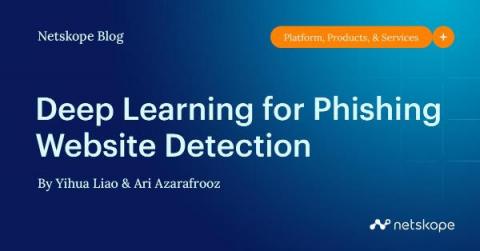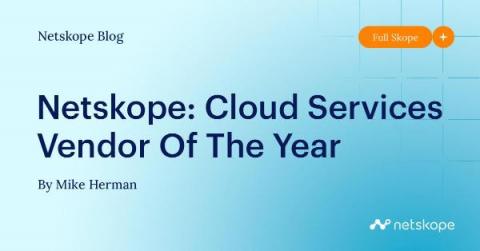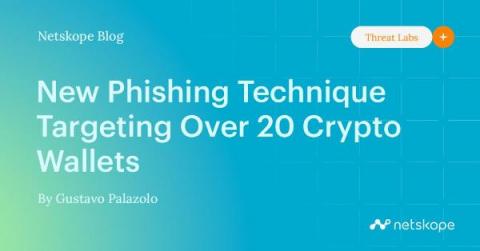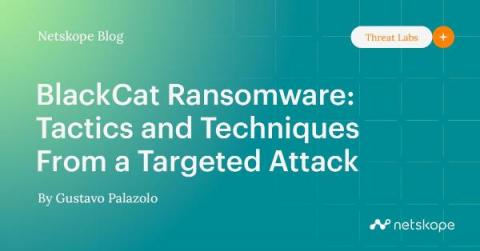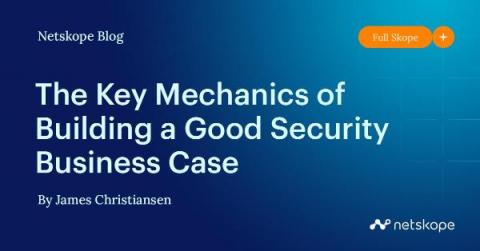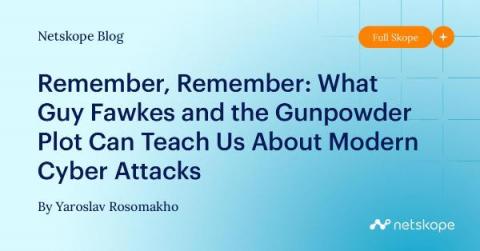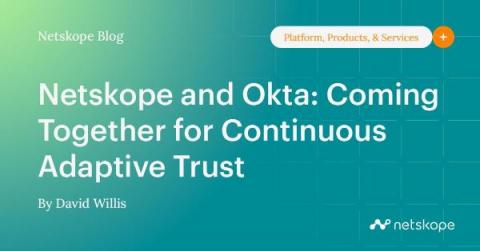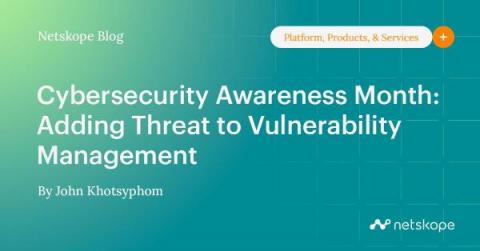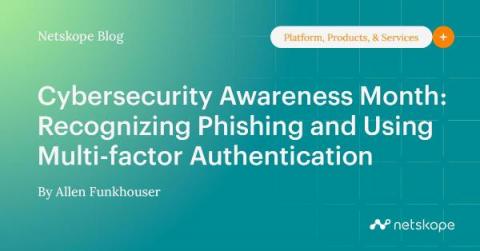Deep Learning for Phishing Website Detection
Phishing is one of the most common online security threats. A phishing website tries to mimic a legitimate page in order to obtain sensitive data such as usernames, passwords, or financial and health-related information from potential victims. Machine learning (ML) algorithms have been used to detect phishing websites, as a complementary approach to signature matching and heuristics.


